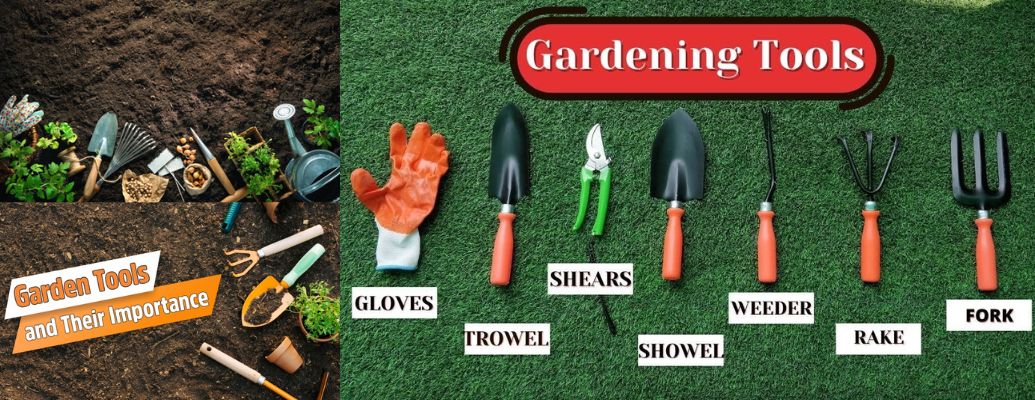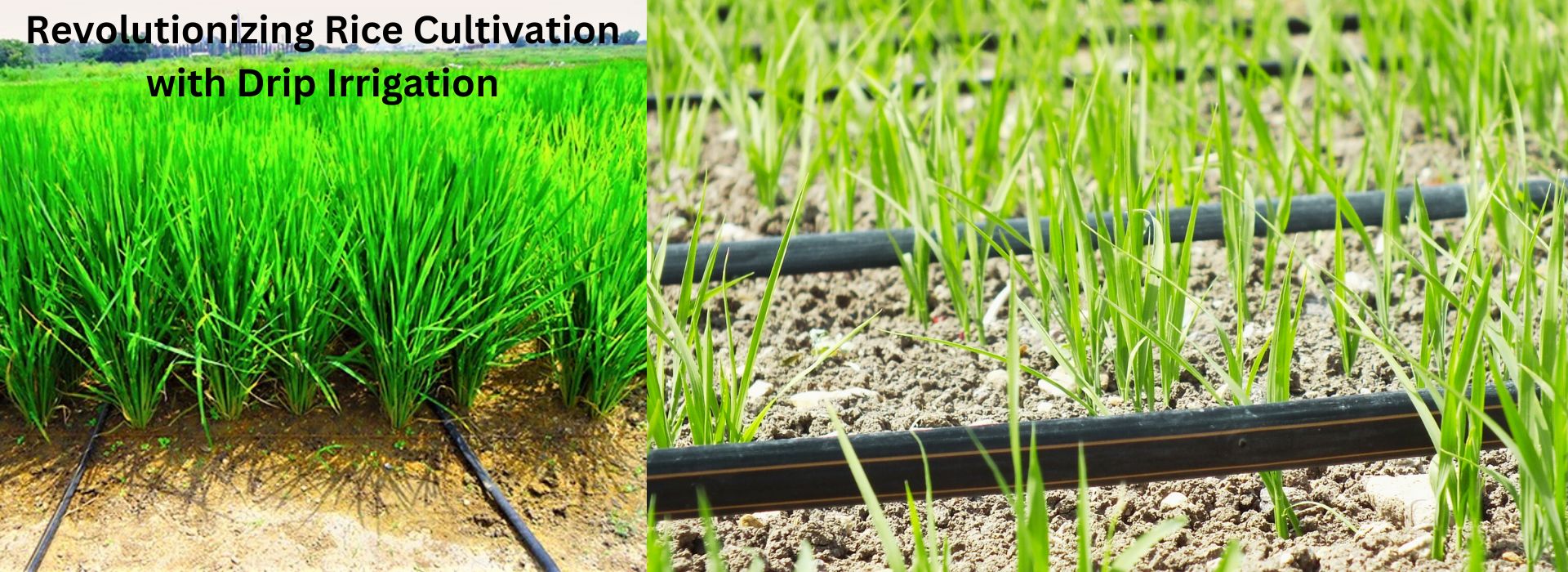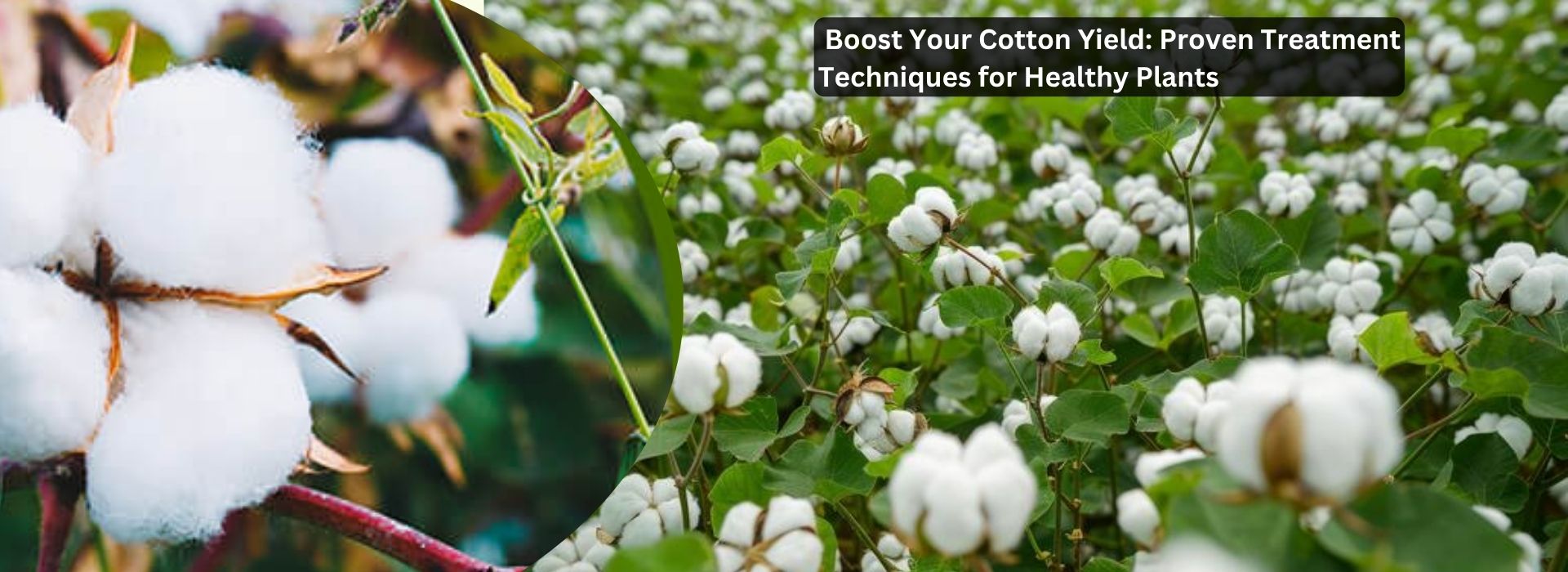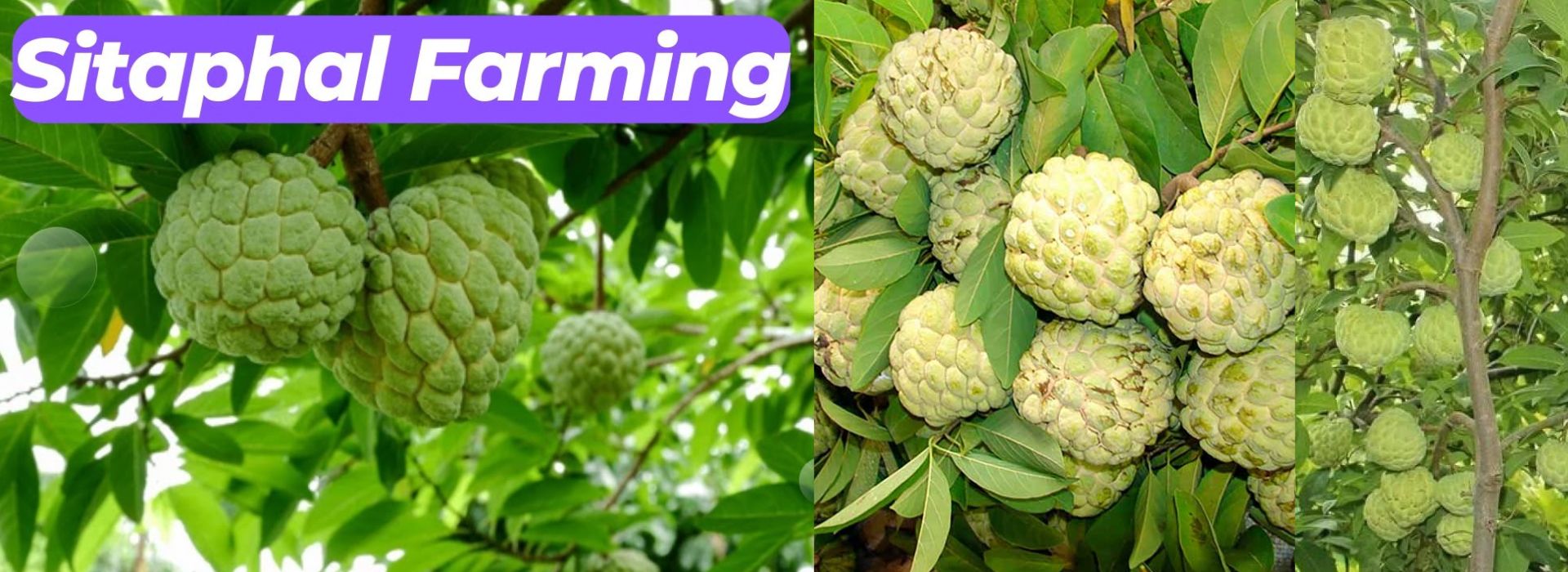A Gardener’s Guide to Essential Tools and Their Practical Uses
October 15, 2024A Gardener’s Guide to Essential Tools and Their Practical Uses
Every
successful garden begins with the right tools. Whether you’re a seasoned
gardener or just starting out, having the proper tools can make all the
difference in how efficiently and effectively you can care for your plants.
Using the right tools not only makes the work easier but also helps ensure that
your plants grow healthy and strong.
In
this guide, we’ll walk you through some of the most essential gardening tools
and explain how to use them for various tasks in your garden, from planting and
weeding to pruning and harvesting.
1.
Hand Trowel: A Gardener’s Best Friend
The
hand trowel is one of the most essential and versatile tools for any gardener.
It's perfect for digging small holes, transplanting seedlings, and moving soil.
Its compact size makes it ideal for working in confined spaces, such as
containers or raised beds.
Uses:
- Digging
small holes for planting.
- Transplanting
seedlings from pots to the garden.
- Mixing
fertilizer or compost into the soil.
Tip: Look for a trowel with a sturdy,
rust-resistant blade and an ergonomic handle for comfort during extended use.
2.
Pruning Shears (Secateurs): The Precision Tool
Pruning
shears, or secateurs, are a must-have for trimming and cutting back plants.
They’re essential for keeping your plants healthy by removing dead or damaged
growth and shaping shrubs or small trees.
Uses:
- Cutting back
dead branches or stems.
- Pruning
flowers, herbs, and shrubs to promote healthy growth.
- Harvesting
fruits, flowers, or herbs without damaging the plant.
Tip: Choose high-quality shears with sharp blades
for clean cuts, and ensure they’re comfortable to grip for extended periods of
use.
3.
Garden Fork: The Heavy-Duty Tool
A
garden fork is perfect for breaking up tough soil, turning compost, and
aerating the ground. Its sturdy tines can penetrate hard or compacted soil more
easily than a shovel, making it a great tool for preparing your garden beds.
Uses:
- Breaking up
compacted soil.
- Turning and
mixing compost.
- Loosening
soil for planting or weeding.
Tip: Opt for a fork with strong, durable tines
that won’t bend under pressure, and consider whether a long-handled or
short-handled version fits your needs better.
4.
Garden Hoe: The Weeder’s Weapon
A
garden hoe is ideal for weeding and cultivating the soil. It allows you to chop
through weeds and loosen the top layer of soil to promote airflow and water
absorption.
Uses:
- Removing
weeds between rows of plants.
- Loosening
soil for better water penetration.
- Shaping and
clearing soil around plants.
Tip: There are different types of hoes (draw hoes,
scuffle hoes, etc.), so choose one based on your garden’s layout and the types
of tasks you frequently perform.
5.
Rake: The Cleaner and Leveler
Rakes
come in various forms, but they all serve the same general purpose: clearing
debris and leveling soil. A garden rake is perfect for smoothing soil after it
has been turned or for spreading mulch, while a leaf rake helps you gather
leaves and other light debris without damaging your plants.
Uses:
- Clearing
leaves, grass, or garden debris.
- Smoothing
out soil in garden beds.
- Spreading
mulch or compost evenly over a large area.
Tip: For general gardening, a steel-tined rake is
ideal for more intensive tasks like leveling soil, while a lightweight plastic
or bamboo rake works well for gathering leaves.
6.
Watering Can: Hydration Helper
Watering
cans are essential for gently and evenly watering your plants, especially those
in pots or delicate seedlings that require a soft flow of water. Look for one
with a long spout that can reach the base of plants without disturbing the soil
too much.
Uses:
- Watering
plants in containers, hanging baskets, or raised beds.
- Providing a
gentle flow for seedlings and young plants.
- Mixing and
applying liquid fertilizers.
Tip: If you have a large garden, consider a
watering can with a detachable rose (the nozzle), which gives you flexibility
between a fine shower or a heavier flow.
7.
Wheelbarrow: The Load-Bearing Hero
A
wheelbarrow is a workhorse in the garden, allowing you to transport heavy loads
of soil, mulch, compost, or plants with ease. Whether you’re preparing a new
bed or hauling materials across a large garden, a wheelbarrow saves you time
and effort.
Uses:
- Transporting
soil, compost, mulch, or gravel.
- Moving heavy
or large plants.
- Clearing
garden debris after pruning or weeding.
Tip: Look for a sturdy, lightweight model with a
single wheel for maneuverability in tight spaces or a two-wheeled version for
greater stability when hauling heavier loads.
8.
Garden Gloves: Protection for Your Hands
While
not technically a "tool," garden gloves are essential for protecting
your hands while you work. They safeguard against thorns, blisters, and dirt,
allowing you to work longer and more comfortably.
Uses:
- Protecting
hands from cuts, scrapes, or blisters.
- Keeping dirt
out while planting or weeding.
- Handling
thorny plants like roses or prickly shrubs.
Tip: Choose durable gloves that fit snugly but
allow enough flexibility to grip tools and plants easily.
9.
Spade: The Heavy-Duty Digger
A
spade is a flat-bladed, square-shaped tool perfect for digging, edging, and
lifting soil. It’s heavier than a trowel but allows you to move larger
quantities of soil or compost and create neat edges around garden beds.
Uses:
- Digging
planting holes or trenches.
- Edging
garden beds or paths.
- Moving soil
or compost in bulk.
Tip: Ensure your spade is made of rust-resistant
metal with a comfortable, sturdy handle. A spade with a D-shaped handle
provides extra leverage for heavy digging.
10.
Garden Knife: The Versatile Cutter
A
garden knife, such as the popular Hori Hori knife, is a versatile tool for
various tasks like cutting through tough roots, dividing perennials, or
harvesting vegetables. It combines a sharp blade with a pointed tip, making it
ideal for cutting and digging in one motion.
Uses:
- Cutting
through thick roots or stems.
- Dividing
clumps of perennials for transplanting.
- Harvesting
root vegetables like carrots or potatoes.
Tip: A garden knife with a serrated edge provides
more versatility for tougher cuts, and a measuring scale on the blade can help
with planting at the right depth.
Conclusion
Having
the right garden tools in your shed can make all the difference when it comes
to efficient and successful gardening. Each tool plays a vital role in helping
you maintain healthy plants, cultivate your soil, and keep your garden looking
its best. Whether you're digging, weeding, watering, or pruning, knowing which
tools to use and how to use them properly will elevate your gardening
experience, ensuring that every season is a fruitful one.
By
investing in good-quality tools and using them effectively, you can cultivate
excellence in your garden with every task you undertake. Happy gardening!
At krishibazaar.in,
you can find and buy various agricultural products. For agricultural guidance
on selecting the most suitable products for your crops, please contact or
WhatsApp at +917887880887






Guest reviews
No reviews found for this Blog